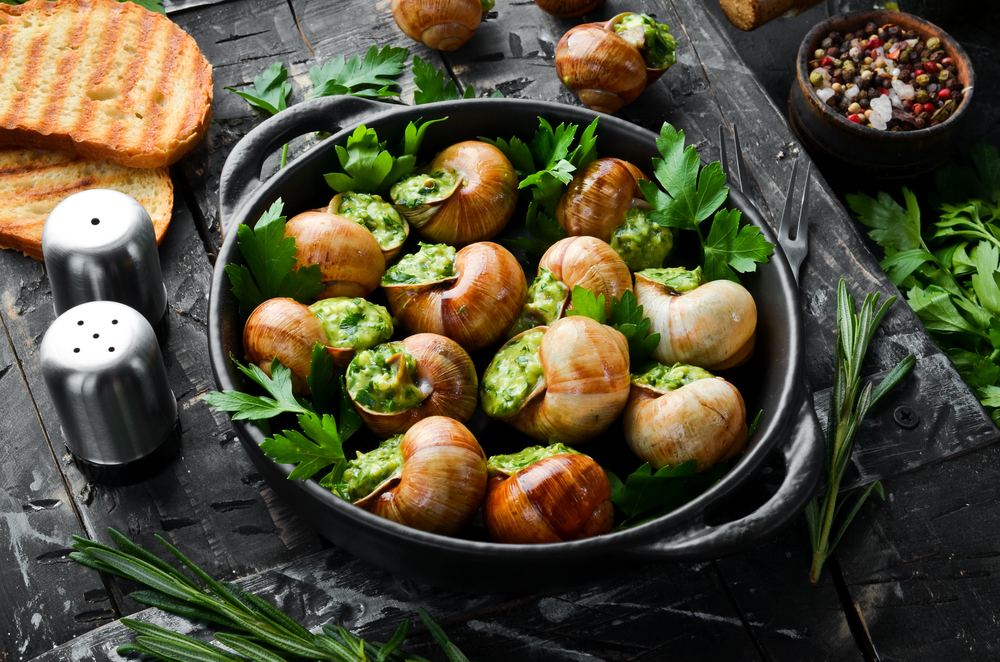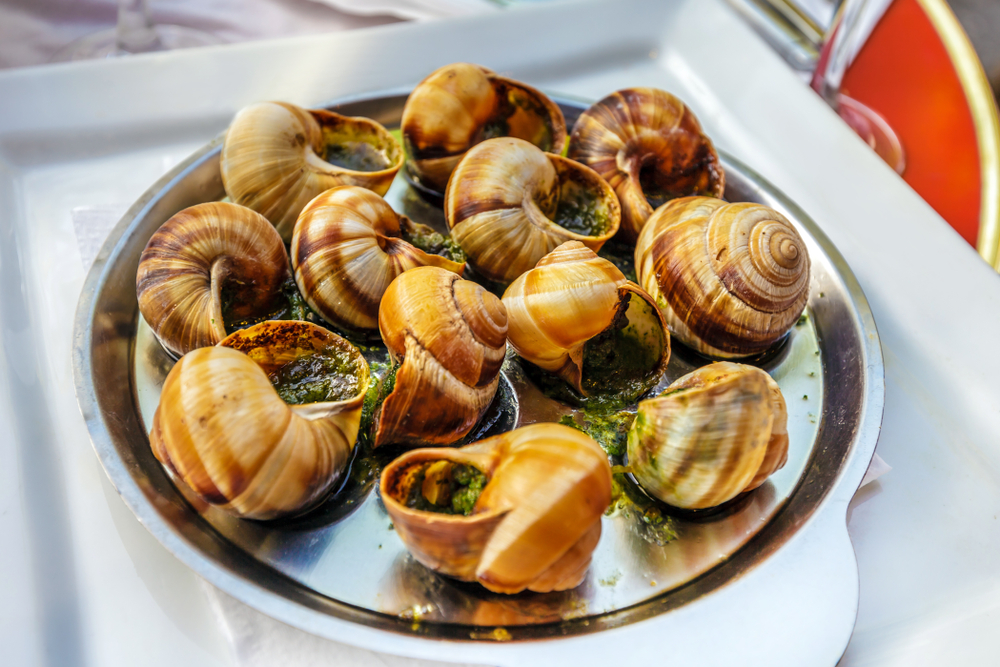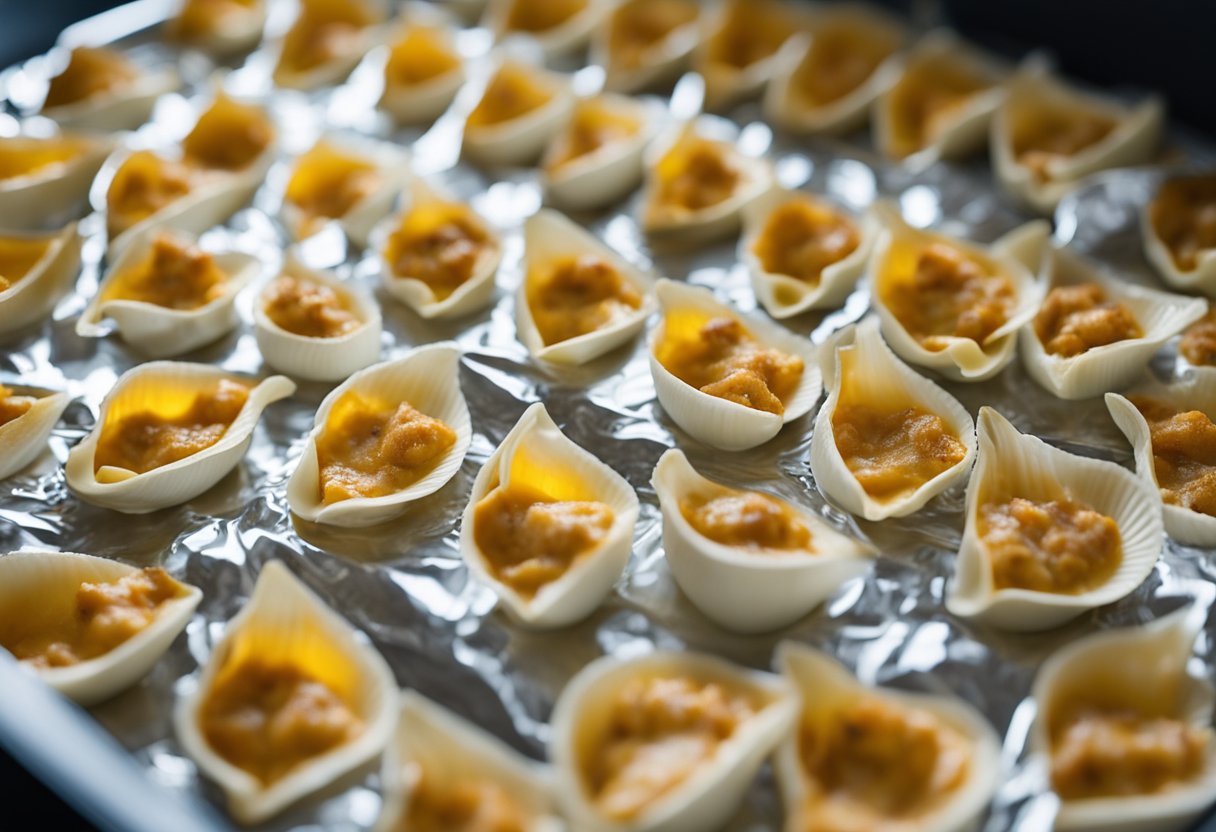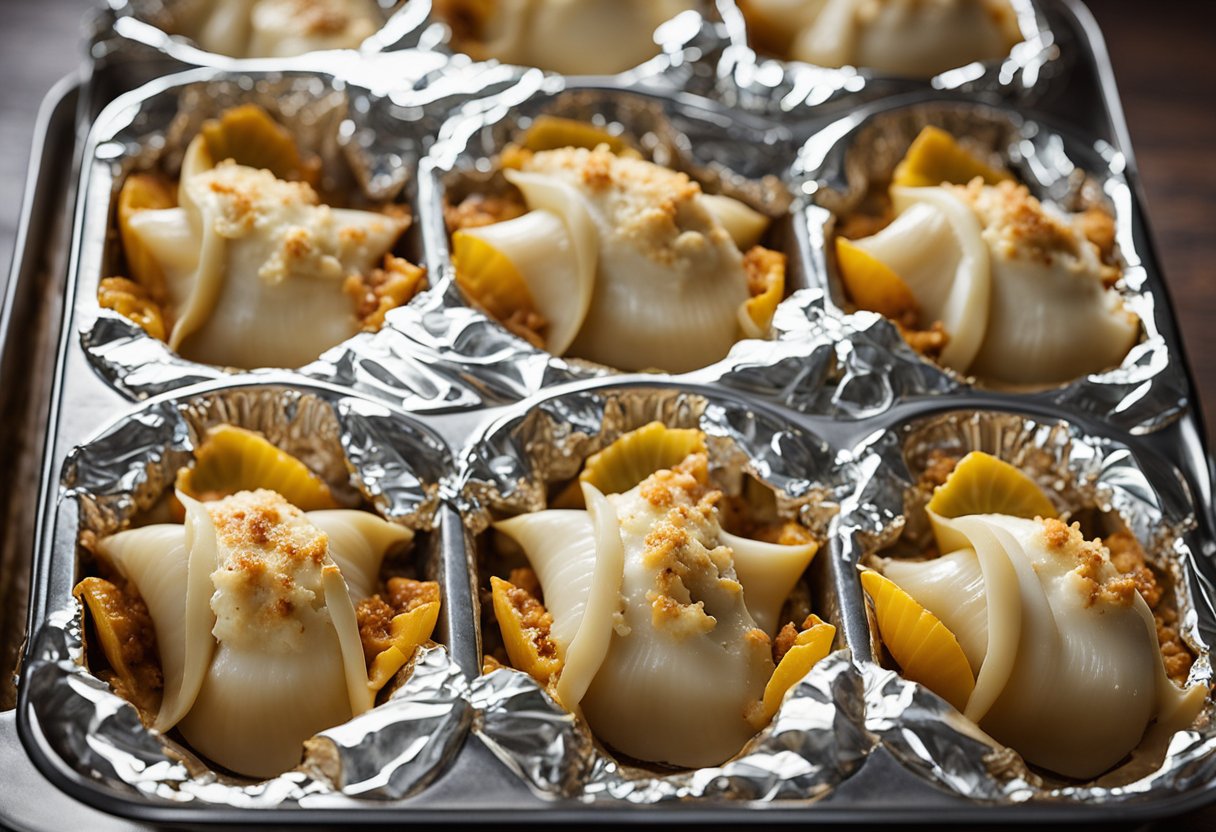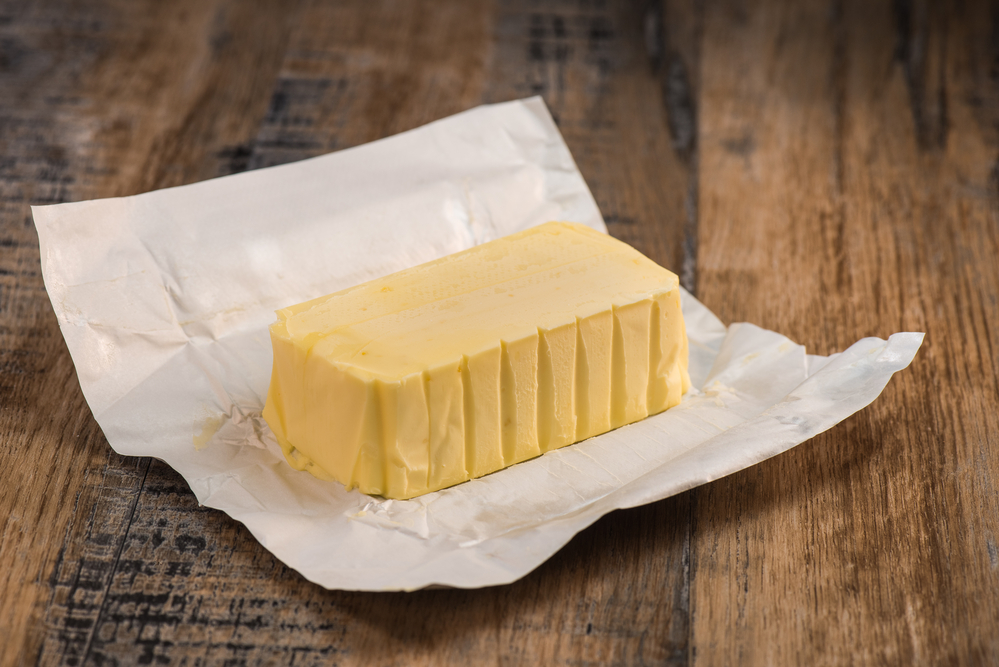Yet another of the many strange delicacies coming from Europe, particularly France, is cooked Snails. Also known as escargot, these are typically served as an hors d’oeuvre most commonly in France and India. However, many countries also enjoy eating escargot, including Greece, Italy, Germany, Spain, and so many more.
Snails are most commonly removed from their shells to be cooked, then placed back inside, and served in their shells, with butter or different types of sauces. You can eat them with your hands, or use a special set of tongs and a two-pronged fork that makes it easy to remove them from their shells.
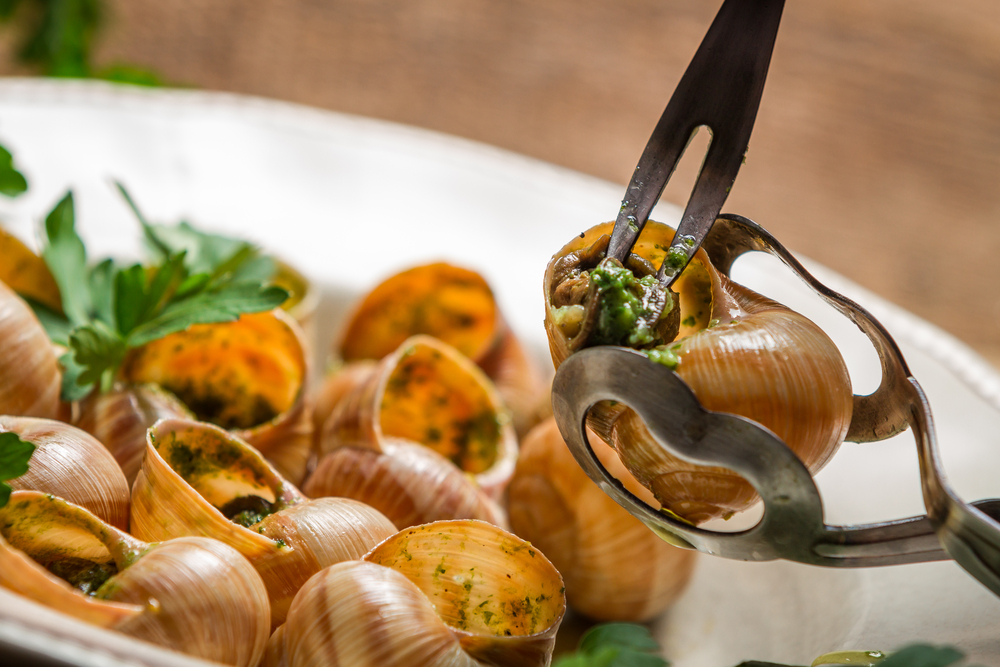
Types of Edible Snails
Escargot is not to be confused with Whelk, which is a type of snail that comes from the sea. No, Escargot is used to refer to land snails, of which there are several different types but only a very few that are safe or big enough to be worth eating.
Giant African Land Snail (Lissachatina fulica)
This species is native to East Africa, but over the years has been introduced all over the world either as pets, food or by accident. They are considered an invasive species and can be considered pests to be exterminated if they get out of hand.
They were first purposefully established in the US in 1936 for educational purposes, though some had been shipped in by accident with other cargo before that. When spotted in Florida in 2011, an eradication effort began and was declared successful in 2021, when not a single one had been spotted since 2017.
The Giant African Land Snail lives up to its name by being one of the largest land snails in the world. It is roughly 2 inches wide and can grow over 7 inches long.
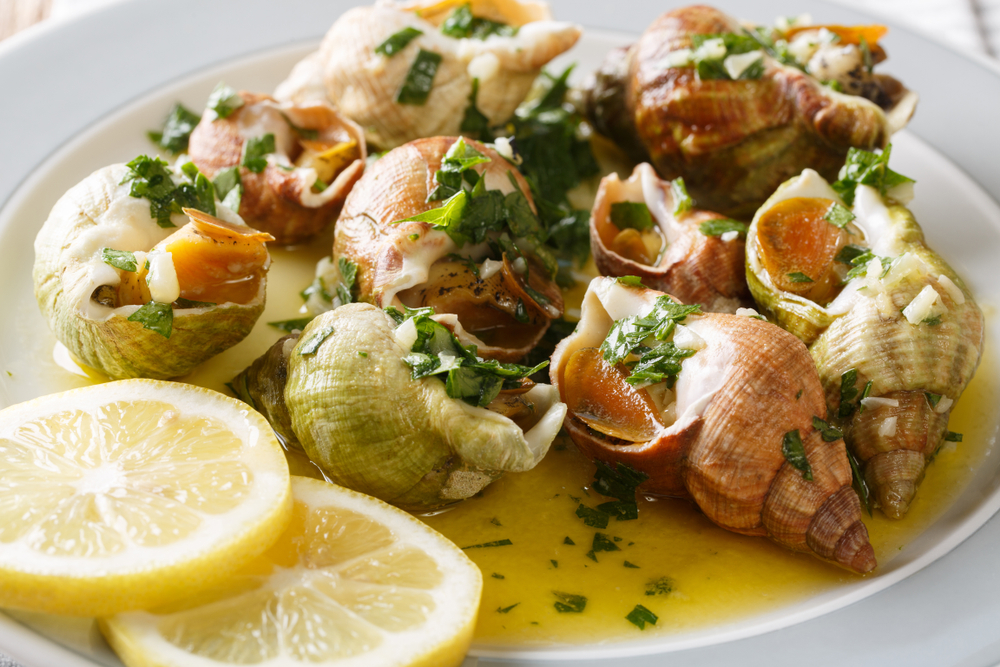
European Garden Snail (Cornu aspersum)
Significantly smaller than their African cousins, the European Garden Snail is one of the most common types of snails there are. As their name suggests, they are often found in gardens and can be a very annoying pest. They are another highly invasive species and are banned in some US States and parts of Canada.

Their shells are drab, usually brown, and sometimes speckled, and they typically grow only 2 inches or so. More often than not they are served as an appetizer rather than a dish because of their size.
Turkish Snail (Helix Lucorum)
Turkish Snails originate, obviously, from Turkey (or what was previously Black Sea Region). They can grow up to 3 inches long, however, their size is largely dependent on the temperature of their environment.
They like to hide in bushes and light forest areas. They are mostly nocturnal, only really coming out at night or after lots of rain. If it gets too dry, they will bury themselves into the ground. It is the second most popular snail sold commercially in France, which sees over 6000 tons of snail meat sold each year.
Burgundy Snail (Helix Pomatia)
The Burgundy Snail, also sometimes called The Roman Snail, Apple Snail, or Edible Snail were the type of snail we think were eaten by the Romans and the Greeks. They are now most popular in France and are one of the larger snail species in Europe.
It’s typically found in vineyards or along riverbanks and does well in high humidity and low-temperature environments. While they can still be considered a pest in some areas, they are not nearly as invasive as their quick-breeding cousins. They’ve become one of the more rare breeds since the turn of the 20th century, due to the extensive harvesting and management of public spaces.
The Etiquette of Eating Snails
Over the years, snail meat went from being a poor man’s food to a worldwide delicacy. Snails are served at high-end restaurants for ungodly prices, and boy do they sell. France alone eats about 127 thousand tons of snails each year. Escargot de Bourgogne is one of the most popular snail dishes, prepared at booshie restaurants in Paris and other cities, usually as an entree accompanied by a well-aged wine.
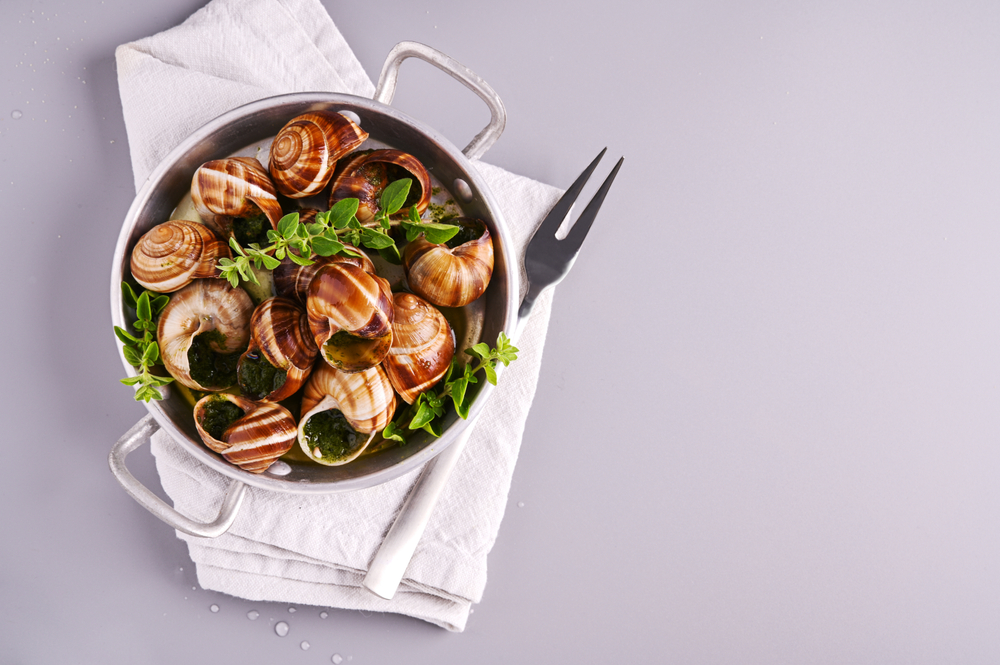
When eating snails still in the shell, snail etiquette does allow you to use your hands to eat them, you most commonly will be served with a specific set of silverware designed for eating them in the neatest way possible. Silver escargot tongs and a two-pronged fork make it easy to hold the shell and pry the meat out without having to use your fingers.
If eating snails that have been fileted, diced, or otherwise added to a cream, sauce, bake, or stew, you would eat it just like you do any other meat. It is not common to swallow snails whole; you bite or chew them much like an oyster or other chewy mollusks.
How to Cook Snails
Due to their diet in the wild that generally consists of moss, animal feces, eggshells, and other items that are considered toxic to humans, proper preparation is key when it comes to cooking snails. It is not recommended to try and catch your own snails, especially in populated areas where they are likely to have ingested pesticides and other harmful substances that could be passed on to the humans ingesting them.
Always buy your snails fresh from a snail farm where they are only fed safe, nutritious human-edible foods or, if you’re not sure what the snails have been fed, give them a week to ten days to purge their stomachs before eating. What they are fed can play a large part in just what your cooked snails taste like.
Preparing Your Snails
Snails have the potential to carry deadly diseases, both internally and externally. It is extremely important to properly clean and sterilize snails before cooking them. If you are uncertain whether or not your snails have been harvested safely and are free of harmful bacteria, it’s best to clean them yourself just in case.

Step one: Place the snails in a pot of cold water with a splash of vinegar. This will excise the waste from their bodies.
Step two: Using a sharp knife, carefully cut away the thin membrane at the entrance of the shell
Step three: If any of the snails float to the top, they are not safe to eat. Throw them out right away.
Step four: Using your hands or a soft sponge, carefully scrub clean the shells and place them into a separate pot of cold water to rinse.
Step five: Repeat Steps three and four, being sure they have been thoroughly cleaned.
Cooking Your Snails
Like many foods, it is very, very important that your snails are thoroughly cooked. Eating raw or undercooked snails can lead to very serious illnesses. Snails need to reach an internal temperature of 200° in order to be safe to consume.
If boiling your snails, they should be in boiling water for at least 20-30 minutes.
If you are frying your snails, this can take 10-15 minutes depending on their size.
When baking your snails, it is best if you have a pan unique for cooking snails. If not, try to back them close together so they are standing upright. At 425° it takes about 15 minutes to thoroughly cook snails in a conventional oven.
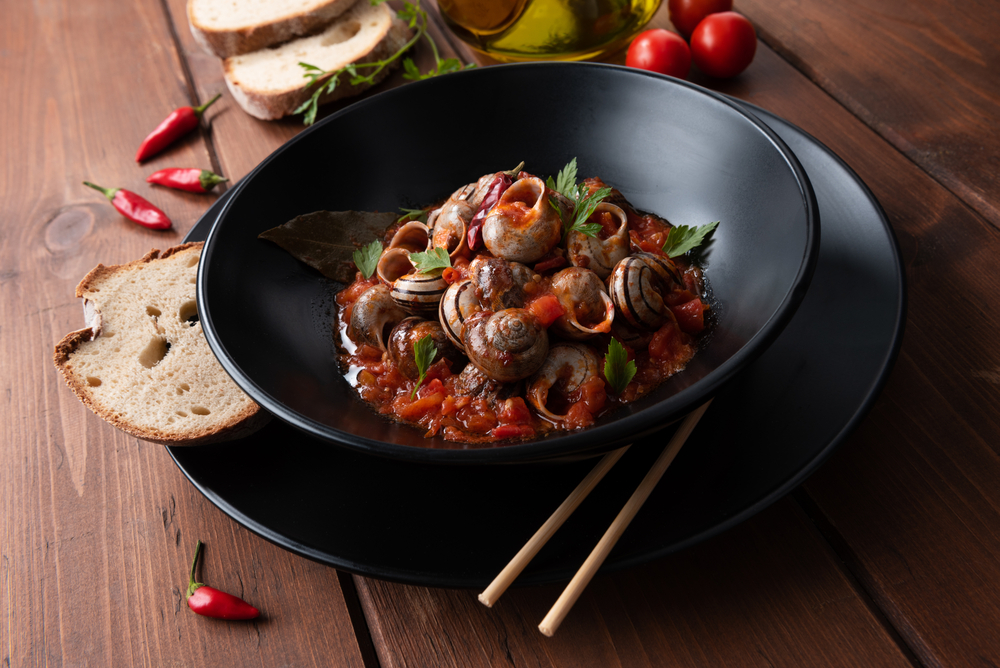
Conclusion
Many Americans can be squeamish when it comes to trying exotic foods, and snails are certainly a far cry from our weekly Mcdonald’s burger. However, this is clearly an overabundant food supply that honestly should be utilized more. Snails are said to have a fairly mild flavor and, if cooked properly, do not have the slimy feel to them that so many speculate they would not like.
There are dozens of ways to cook snails, and even more ways to prepare, season, and dress them. They are truly an undervalued source of protein, vitamins, and minerals. It has been shown over time to be anyone’s forte; to be both a poor man’s food and an expensive delicacy. It’s time to step out of the box!


